Books
05.29.19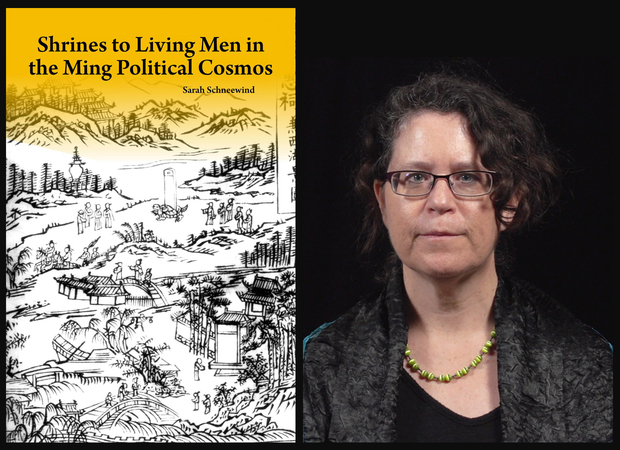
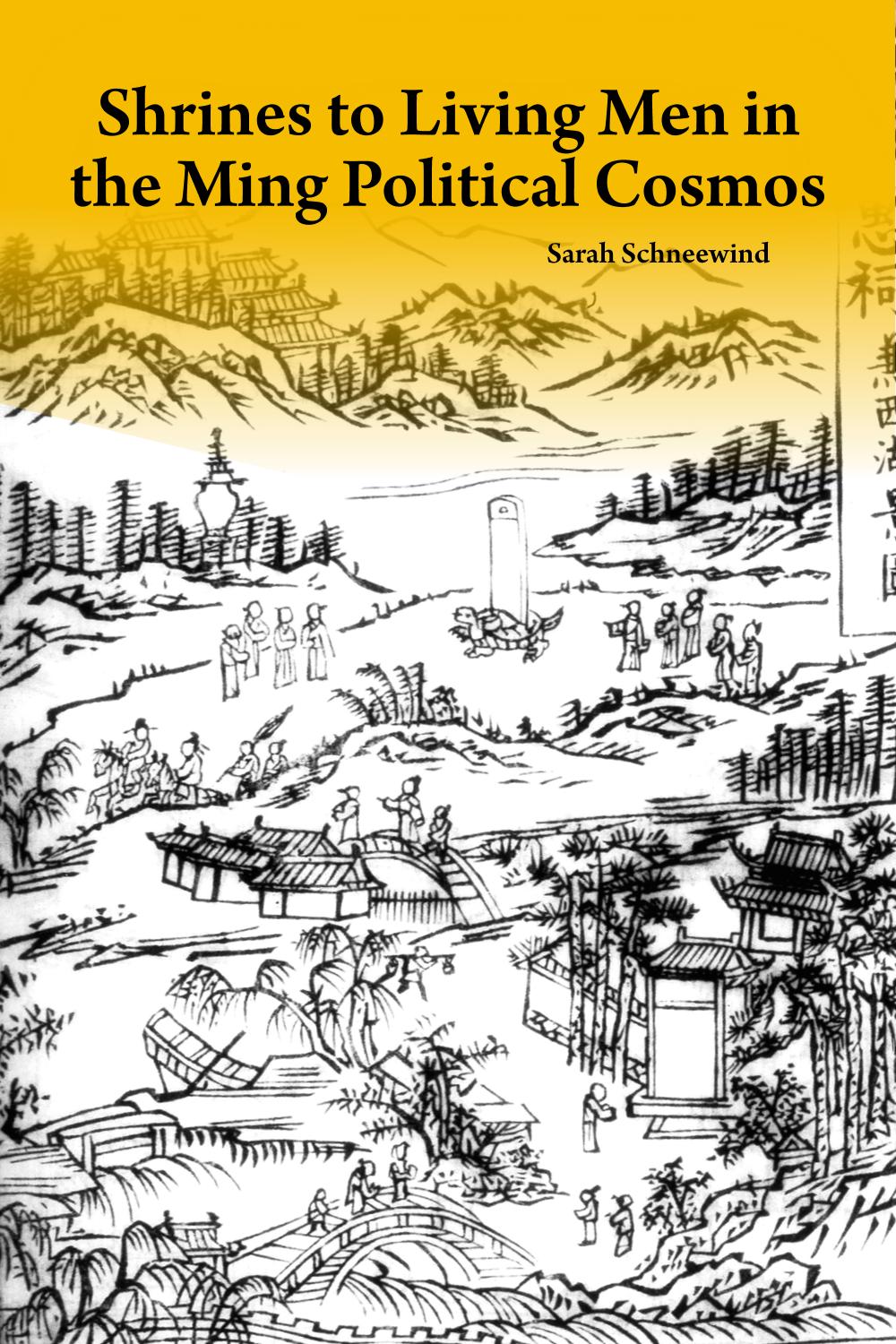
Shrines to Living Men in the Ming Political Cosmos
Harvard University Press: Shrines to Living Men in the Ming Political Cosmos places the institution of pre-mortem shrines at the intersection of politics and religion. When a local official left his post, grateful subjects housed an image of him in a temple, requiting his grace: that was the ideal model. By Ming times, the “living shrine” was legal, old, and justified by readings of the classics.Sarah Schneewind argues that the institution could invite and pressure officials to serve local interests; the policies that had earned a man commemoration were carved into stone beside the shrine. Since everyone recognized that elite men might honor living officials just to further their own careers, pre-mortem shrine rhetoric stressed the role of commoners, who embraced the opportunity by initiating many living shrines. This legitimate, institutionalized political voice for commoners expands a scholarly understanding of “public opinion” in late imperial China, aligning it with the efficacy of deities to create a nascent political conception Schneewind calls the “minor Mandate of Heaven.” Her exploration of pre-mortem shrine theory and practice illuminates Ming thought and politics, including the Donglin Party’s battle with eunuch dictator Wei Zhongxian and Gu Yanwu’s theories.{chop}
Books
11.15.17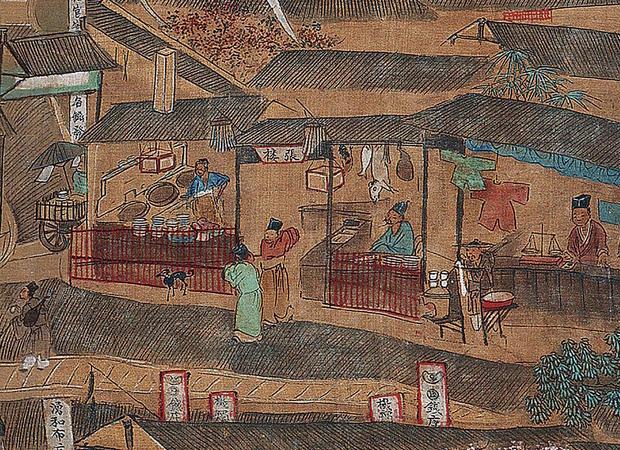
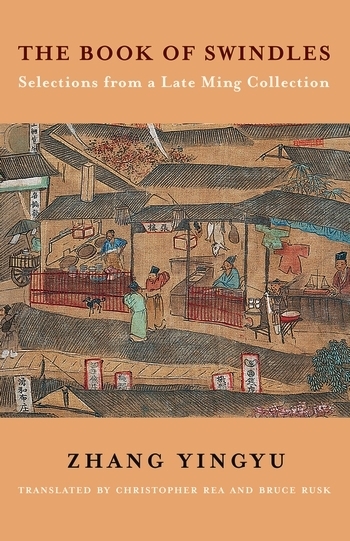
The Book of Swindles
This is an age of deception. Con men ply the roadways. Bogus alchemists pretend to turn one piece of silver into three. Devious nuns entice young women into adultery. Sorcerers use charmed talismans for mind control and murder. A pair of dubious monks extorts money from a powerful official and then spends it on whoring. A rich student tries to bribe the chief examiner, only to hand his money to an imposter. A eunuch kidnaps boys and consumes their “essence” in an attempt to regrow his penis. These are just a few of the entertaining and surprising tales to be found in this 17th-century work, said to be the earliest Chinese collection of swindle stories.The Book of Swindles, compiled by an obscure writer from southern China, presents a fascinating tableau of criminal ingenuity. The flourishing economy of the late Ming period created overnight fortunes for merchants—and gave rise to a host of smooth operators, charlatans, forgers, and imposters seeking to siphon off some of the new wealth. The Book of Swindles, which was ostensibly written as a manual for self-protection in this shifting and unstable world, also offers an expert guide to the art of deception. Each story comes with commentary by the author, Zhang Yingyu, who expounds a moral lesson while also speaking as a connoisseur of the swindle. This volume, which contains annotated translations of just over half of the 80-odd stories in Zhang’s original collection, provides a wealth of detail on social life during the late Ming period and offers words of warning for a world in peril. —Columbia University Press{chop}
Books
04.25.17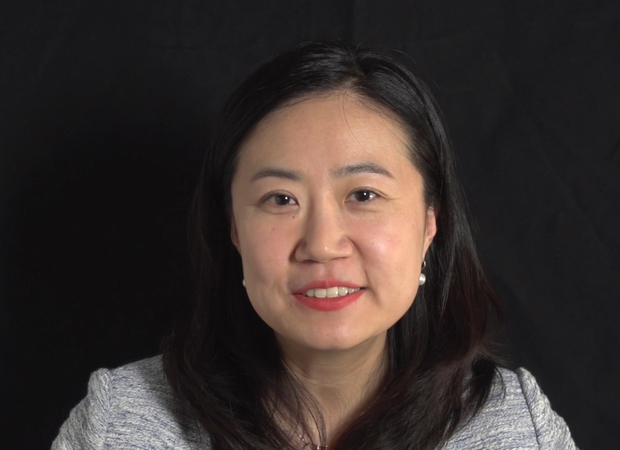
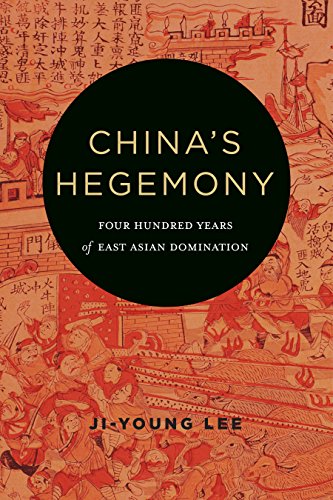
China’s Hegemony
Many have viewed the tribute system as China’s tool for projecting its power and influence in East Asia, treating other actors as passive recipients of Chinese domination. China's Hegemony sheds new light on this system and shows that the international order of Asia’s past was not as Sinocentric as conventional wisdom suggests. Instead, throughout the early modern period, Chinese hegemony was accepted, defied, and challenged by its East Asian neighbors at different times, depending on these leaders’ strategies for legitimacy among their populations. This book demonstrates that Chinese hegemony and hierarchy were not just an outcome of China’s military power or Confucian culture but were constructed while interacting with other, less powerful actors’ domestic political needs, especially in conjunction with internal power struggles.Focusing on China-Korea-Japan dynamics of East Asian international politics during the Ming and High Qing periods, Ji-Young Lee draws on extensive research of East Asian language sources, including records written by Chinese and Korean tributary envoys. She offers fascinating and rich details of war and peace in Asian international relations, addressing questions such as: why Japan invaded Korea and fought a major war against the Sino-Korean coalition in the late sixteenth century; why Korea attempted to strike at the Ming empire militarily in the late fourteenth century; and how Japan created a miniature tributary order posing as the center of Asia in lieu of the Qing empire in the seventeenth century. By exploring these questions, Lee’s in-depth study speaks directly to general international relations literature and concludes that hegemony in Asia was a domestic, as well as an international, phenomenon with profound implications for the contemporary era. —Columbia University Press{chop}
ChinaFile Recommends
03.06.17Great Wall of China’s Troubled History Offers Lessons for Trump, Scholars Say
Guardian
The president has described his border proposal as ‘the Great Wall of Trump,’ evoking what one expert sees as a calamitous and ill-conceived folly
Books
02.28.17
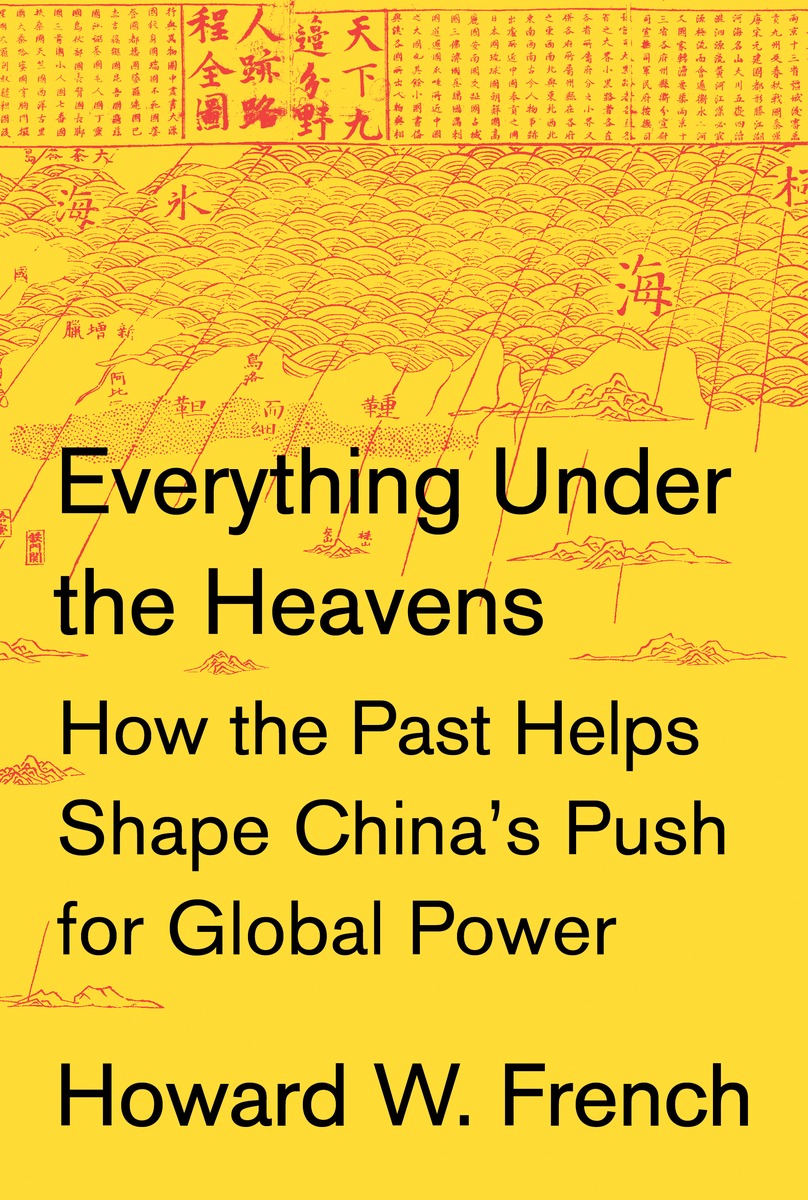
Everything Under the Heavens
From the former New York Times Asia correspondent and author of China’s Second Continent, an incisive investigation of China’s ideological development as it becomes an ever more aggressive player in regional and global diplomacy.For many years after its reform and opening in 1978, China maintained an attitude of false modesty about its ambitions. That role, reports Howard French, has been set aside. China has asserted its place among the global heavyweights, revealing its plans for pan-Asian dominance by building its navy, increasing territorial claims to areas like the South China Sea, and diplomatically bullying smaller players. Underlying this attitude is a strain of thinking that casts China’s present-day actions in decidedly historical terms, as the path to restoring the dynastic glory of the past. If we understand how that historical identity relates to current actions, in ways ideological, philosophical, and even legal, we can learn to forecast just what kind of global power China stands to become–and to interact wisely with a future peer.Steeped in deeply researched history as well as on-the-ground reporting, this is French at his revelatory best. —Penguin Random House{chop}
ChinaFile Recommends
01.10.17Did China Discover America?
Economist
This map claims that a Chinese Muslim beat Columbus to it. But is it real?
Books
01.04.17
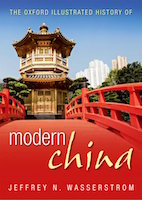
The Oxford Illustrated History of Modern China
This lavishly illustrated volume explores the history of China during a period of dramatic shifts and surprising transformations, from the founding of the Qing Dynasty (1644-1912) through to the present day.The Oxford Illustrated History of Modern China promises to be essential reading for anyone who wants to understand this rising superpower on the verge of what promises to be the “Chinese century,” introducing readers to important but often overlooked events in China’s past, such as the bloody Taiping Civil War (1850-1864), which had a death toll far higher than the roughly contemporaneous American Civil War. It also helps readers see more familiar landmarks in Chinese history in new ways, such as the Opium War (1839-1842), the Boxer Uprising of 1900, the rise to power of the Chinese Communist Party in 1949, and the Tiananmen protests and Beijing Massacre of 1989.This is one of the first major efforts—and in many ways the most ambitious to date—to come to terms with the broad sweep of modern Chinese history, taking readers from the origins of modern China right up through the dramatic events of the last few years (the Beijing Games, the financial crisis, and China’s rise to global economic pre-eminence) which have so fundamentally altered Western views of China and China’s place in the world. —Oxford University Press{chop}
The NYRB China Archive
04.23.15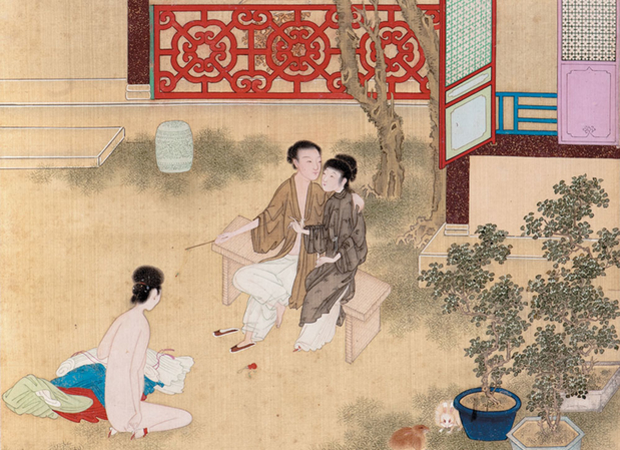
The Wonderfully Elusive Chinese Novel
from New York Review of Books
In teaching Chinese-language courses to American students, which I have done about thirty times, perhaps the most anguishing question I get is “Professor Link, what is the Chinese word for ______?”
Caixin Media
06.10.14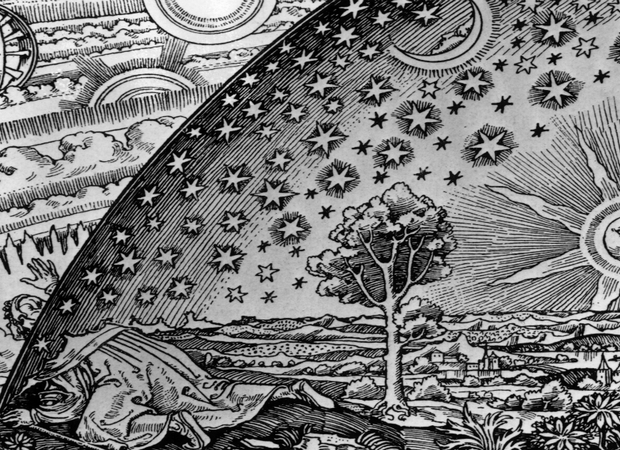
A Jesuit Astronomer in a Qing Emperor’s Court
Of the 920 Jesuits who served in the China mission between 1552 and 1800, only the Italian Matteo Ricci (Li Madou) remains well known. This is understandable—it was Ricci who first gained permission for the Jesuits to live in Beijing and who...
Culture
11.11.13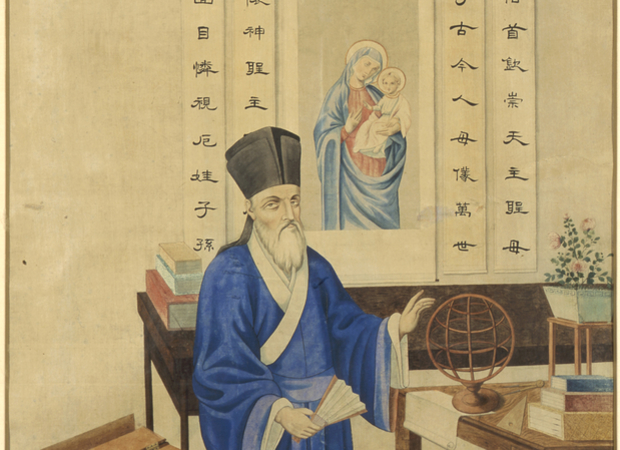
All He Needs is a Miracle
Courtesy of the USF Ricci Institute for Chinese-Western Cultural History
A portrait of Jesuit missionary Matteo Ricci by You Wenhui; painted at the time of Ricci’s death in Beijing, 1610. It now hangs at the Jesuit residence in Rome. It is the...
Sinica Podcast
08.24.12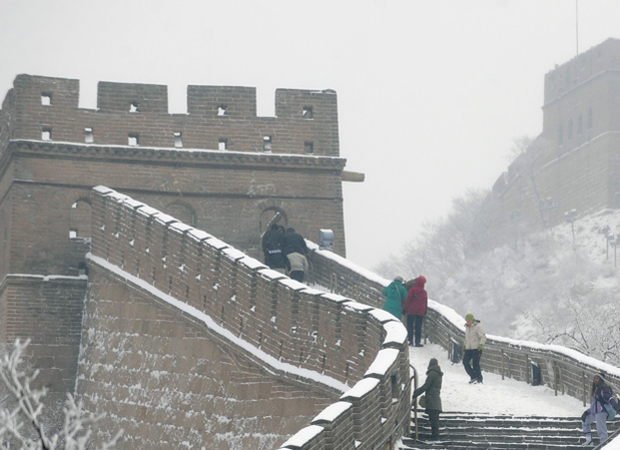
The Raid of the Scorned Mongol Woman
from Sinica Podcast
This week on Sinica, we take a break from the trial of Gu Kailai, the 18th Party Congress, and the recent flurry of disgruntled expat blog posts to cast our gaze back to the age of Mongol politics, barbarian cross-border raids, and that period in...
The NYRB China Archive
12.20.07‘Ravished by Oranges’
from New York Review of Books
How can we be informed? Chesterton famously observed that when we read in today’s newspapers that one window-cleaner fell to his death, our general understanding of window-cleaning is distorted; the information that 35,000 window-cleaners actually...
The NYRB China Archive
06.23.94Remembrance of Ming’s Past
from New York Review of Books
To many readers in the past, The Plum in the Golden Vase has seemed an inchoate mass of a story. Even if it was clearly “about” a wealthy urban merchant Hsi-men Ch’ing, his six consorts, and numerous other sexual companions, it was also full of...
The NYRB China Archive
04.30.81Take Back Your Ming
from New York Review of Books
Until very recently the great expanse of the Ming dynasty, which ruled in China from 1368 to 1644, was largely uncharted in Western historiography. The dynasty was seen either as having come at the end of a great tradition that had been dominated by...



